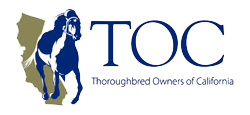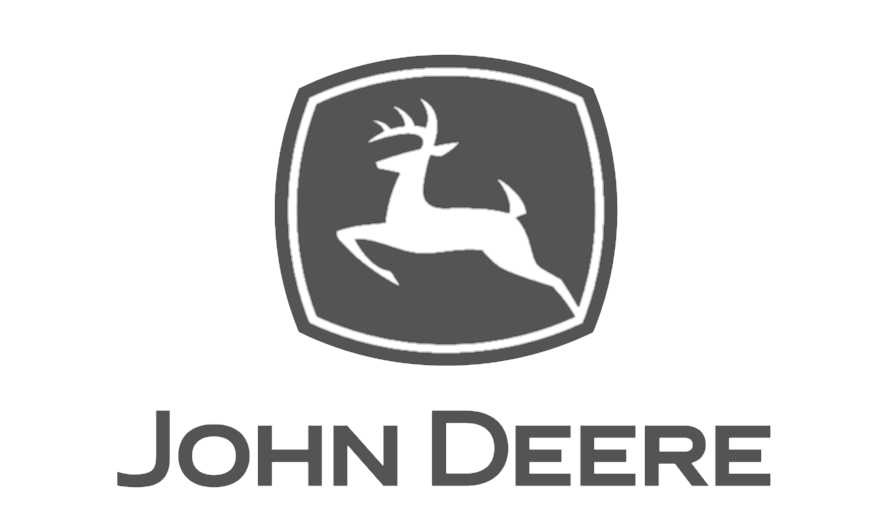By Joost van Adelsberg, CPA
What do you do with a passive horse? Sell it! (Rim shot, please…)
Seriously though, a general understanding of the complex IRS rules surrounding the concept of passive activity losses (PAL) is imperative for individuals wishing to invest money, time and energy in the Thoroughbred racing business. Most Thoroughbred owners do not want their horse racing activities characterized as a passive activity because of the limitations placed on the tax treatment of losses. As always, there are exceptions.
General Background
To gain a better understanding of the IRS’s PAL rules, it is necessary to look back to the Tax Reform Act of 1986. A major impact of this act was the characterization of income into three different groups: active income; portfolio income; and passive income. Generally speaking, active income includes wages, salaries and income from a trade or business in which the taxpayer “materially participates.” Portfolio income consists of interest, dividends or royalties payments. Passive income is income from any trade or business activity in which the taxpayer does not “materially participate.”
These characterizations of income are important because the PAL rules only allow losses from passive activities to be offset against income from passive activities. If the losses exceed the income, then the excess losses become “suspended” to future tax years to reduce excess passive income, if any, from all passive activities of the taxpayer. In other words, these rules prevent the taxpayer from offsetting losses from a passive activity against the taxpayer’s other active or portfolio income.
You may now ask yourself, “Why would anyone want to have their business treated as a passive activity, especially given that the typical racehorse venture often sees substantial losses for the first several years?”
Material Participation
There are two ways to structure businesses around the passive activity loss rules. The first is to meet the requirements of “material participation.” “Participation” in an activity refers to any work that is performed on behalf of the business by someone who owns an interest in the business. “Material” refers to the extent of the work performed. Simply put, material participation is the extent that an individual is involved in the day-to-day operation of the business. To “materially participate” in a trade or business, the taxpayer must be able to answer yes to at least one of the following questions:
1) Did you spend more than 500 hours in the day-to-day operations of the business?
2) Did you substantially do all the work in the activity?
3) Did you spend at least 100 hours in the day-to-day operations, and was this more than anyone else’s participation?
4) Did you spend between 100 and 500 hours in the day-to-day operations in two or more activities so that the total participation was more than 500 hours?
5) Did you materially participate in this activity for any 5 of the last 10 years?
6) If the activity deals with personal services, did you materially participate for any of the previous three years?
7) Do you have any other facts or circumstances which would indicate that you materially participate?
If you can answer “yes” to any of the seven questions above, then losses to which the activity relates will not be subject to the passive activity loss rules.
For the racehorse owner, the easiest questions to answer “yes” to would be questions 1 or 7. This would be true in most cases if the activity is held as a sole proprietorship as your business entity. Unless you are also the trainer, question 2 or 3 would be difficult to answer yes, due to the extensive participation of other individuals crucial to the enterprise. It becomes increasingly more difficult to answer “yes” to these questions if you are a general partner, a limited partner in a partnership or an S Corporation shareholder.
Alternatives
Other tax planning strategies one can consider to accommodate for the effects of the passive activity loss rules include selling or disposing of the activity that generates the passive losses, or investing in other passive activities which generate passive income.
In the case of dispositions, any excess losses suspended from prior years can be used to offset gains resulting from the sale for disposition of the activity. Previously suspended losses, which remain in excess of the disposition gain, can then be used to offset income from other passive activities. If losses remain after all passive income has been offset, then what is left can be used to offset other taxable income, regardless of its character. This planning strategy is most helpful in structured investments in partnerships of short duration that anticipate substantial losses during operations. A possible example would be investing in yearlings.
Investing in other passive activities, which generate income, is perhaps the least complex alternative for deriving current benefit from PALs. These Passive Income Generators, or “PIGs,” can then sit at the PAL trough, so to speak, and eat up passive losses to the extent of income. While this strategy seems simple, it would require a crystal ball to gain any assurance that a PIG will only generate passive income instead of chewing a hole through your wallet!
Conclusion
As you can see, the Internal Revenue Service has once again given concise, simple, and easy to use rules to assist us in filing our tax returns! Seriously, in an attempt to increase tax revenue, the IRS has structured a method to accelerate the recognition of income by characterizing income into the three different groups and limiting the deductibility of certain losses of a group from the income of another group.
This article is meant to introduce some of the basic concepts behind the passive activities loss rules. An understanding of the basics of these rules will help you decide whether a particular investment is right for you with regard to the capital you invest, the time and expertise you are able to provide, and the tax implications of your decision. Of course, when applying these rules to everyday situations, they become increasingly more complex, so be sure to seek professional assistance whenever possible.
Joost van Adelsberg is a CPA with the accounting firm of Cooper & Lybrand in its San Diego office. Mr. van Adelsberg specializes in tax questions involving high net worth individuals.






